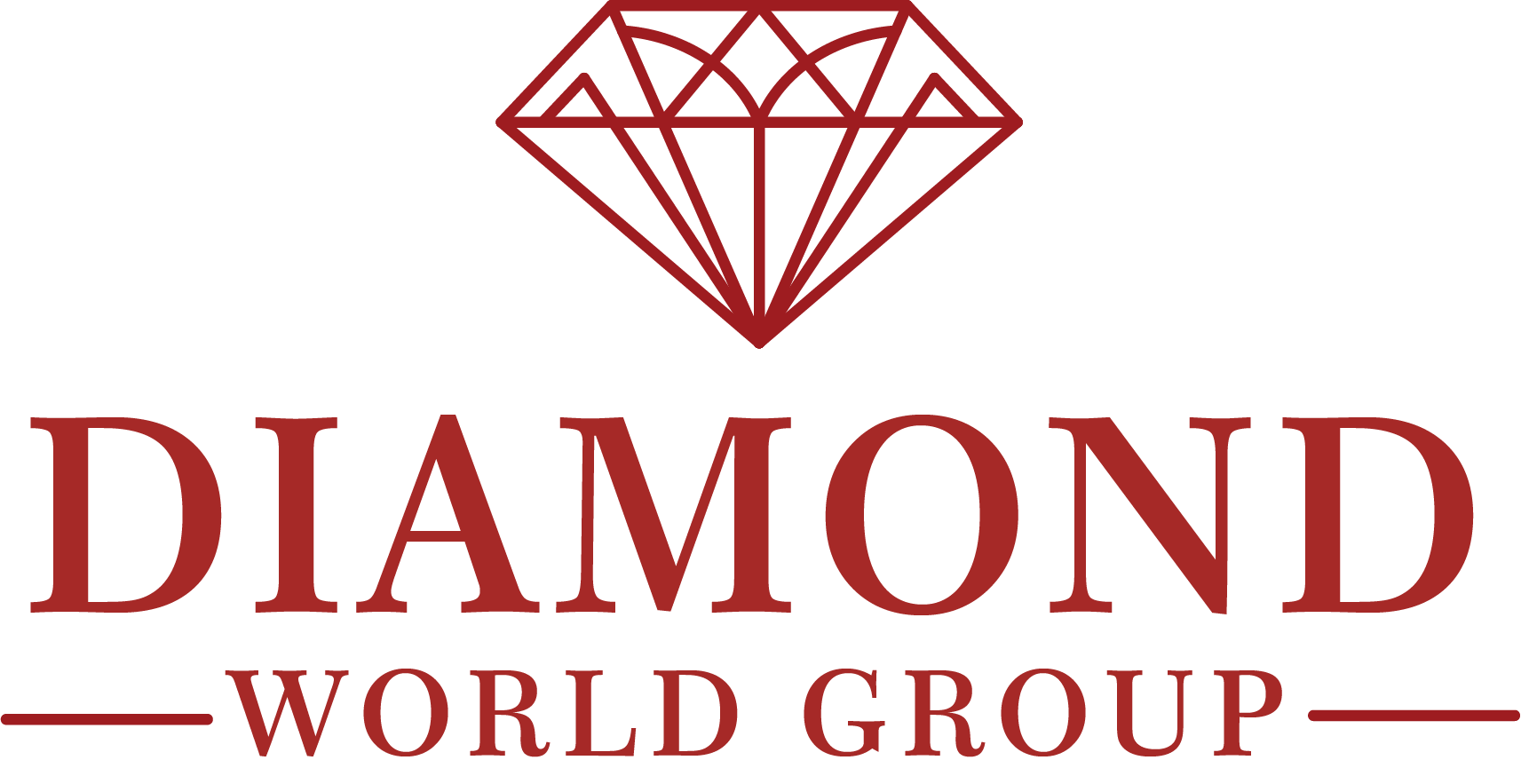A diamond certificate (also known as a grading report) is an official document issued by a gemological laboratory that evaluates a diamond's 4Cs: Cut, Color, Clarity, and Carat Weight. It serves as proof of the diamond’s authenticity and quality.
Why Is Diamond Certification Important?
- Authenticity & Trust – Ensures that the diamond is natural and not lab-grown or treated.
- Quality Verification – Provides an unbiased assessment of the diamond’s attributes.
- Fair Pricing – Helps buyers compare diamonds and determine if they are priced correctly.
- Resale & Insurance – Required for diamond insurance and helps retain resale value.
Top Diamond Certification Labs
Different organizations use strict grading criteria to certify diamonds. Here are the most respected ones:
1. Gemological Institute of America (GIA)
- The most widely recognized and trusted lab worldwide.
- Uses strict grading standards and does not appraise a diamond’s monetary value.
- Best choice for buyers seeking high accuracy and reliability.
2. American Gem Society (AGS)
- Similar to GIA but uses a numerical grading system (0-10) instead of letter grades.
- Specializes in cut grading, making it a top choice for ideal-cut diamonds.
3. International Gemological Institute (IGI)
- Popular in Europe and Asia.
- More lenient on color and clarity grading compared to GIA and AGS.
- Frequently used for lab-grown and commercial-grade diamonds.
4. HRD Antwerp (Hoge Raad voor Diamant)
- European-based certification lab.
- Follows grading standards similar to GIA, but some variations exist.
5. Gemological Science International (GSI)
- Commonly used by large retailers.
- Grading is often more lenient than GIA or AGS, so it’s recommended to compare with stricter certifications.
How to Read a Diamond Certificate
A diamond grading report typically includes:
- Carat Weight – The size of the diamond.
- Color Grade – From D (colorless) to Z (noticeable color).
- Clarity Grade – From Flawless (FL) to Included (I1, I2, I3).
- Cut Grade – Rated from Excellent to Poor (GIA) or 0 to 10 (AGS).
- Fluorescence – Measures how the diamond reacts under UV light.
- Polish & Symmetry – Impacts the diamond’s overall brilliance.
- Proportions & Measurements – A diagram showing angles, depth, and table size.
Certified vs. Non-Certified Diamonds
- Certified Diamonds: Have been independently evaluated and graded, ensuring quality transparency.
- Non-Certified Diamonds: May still be high-quality but lack an official grading report, making them harder to verify and resell.
